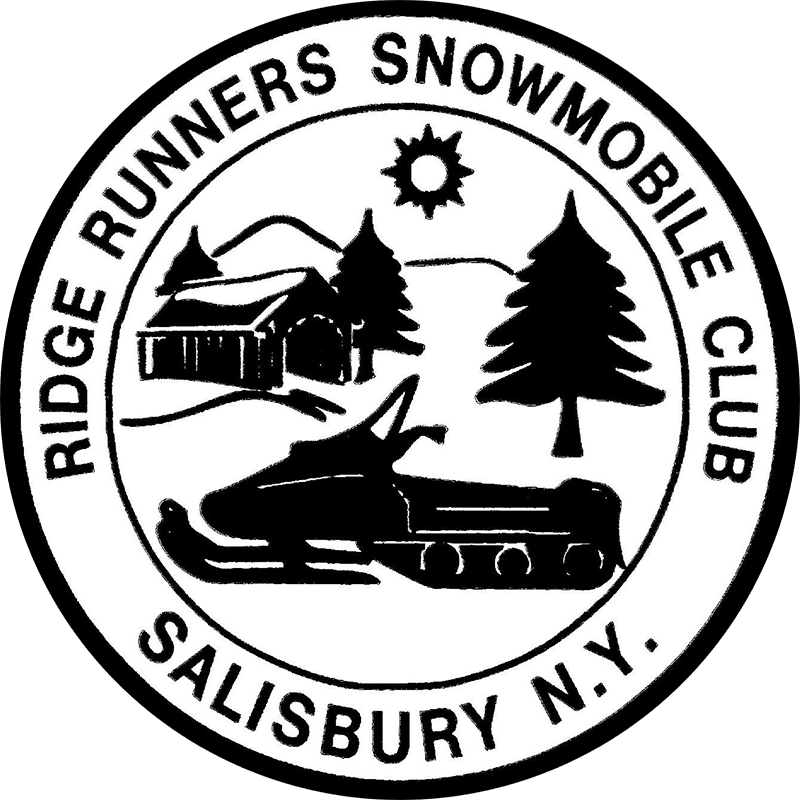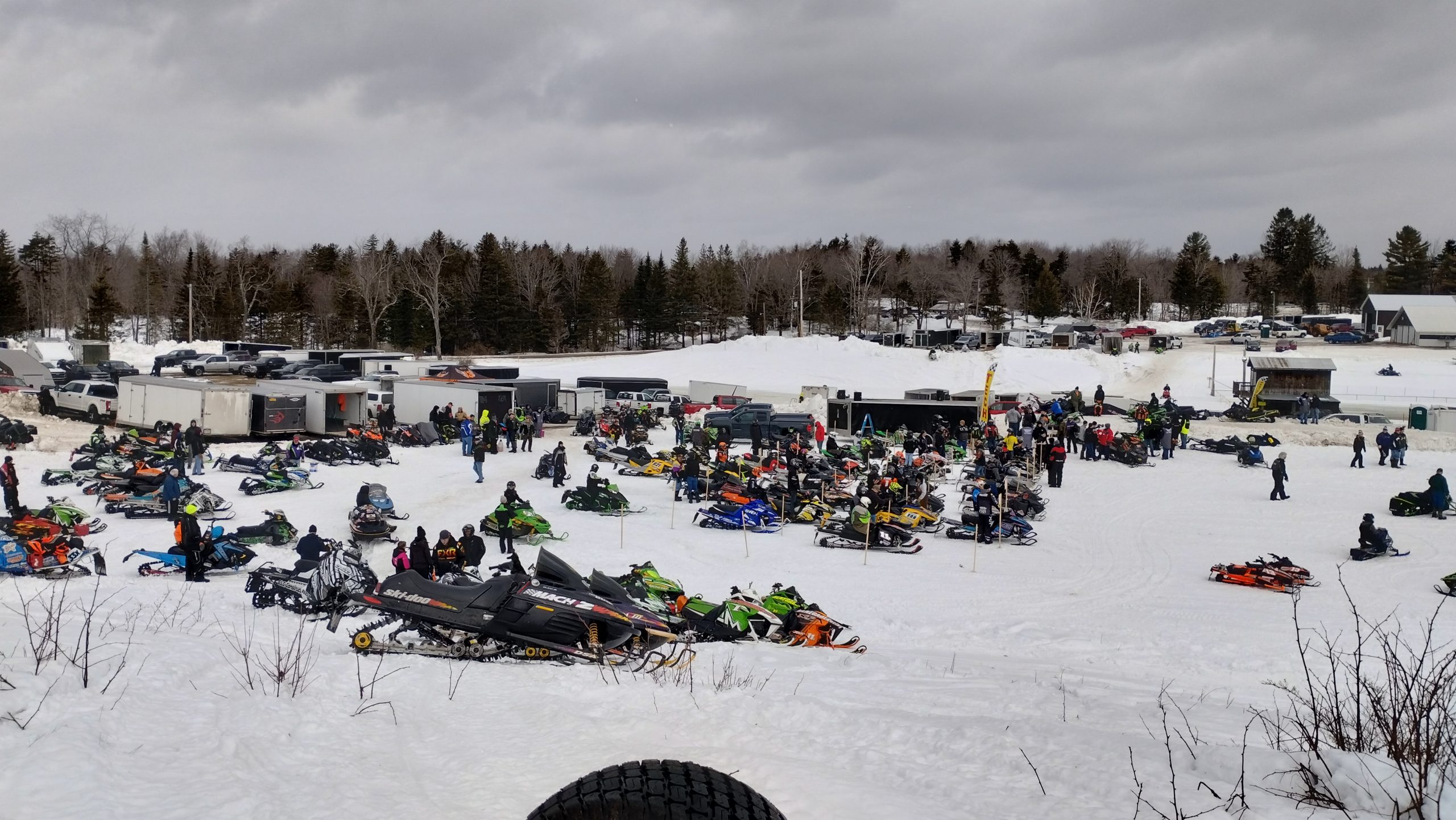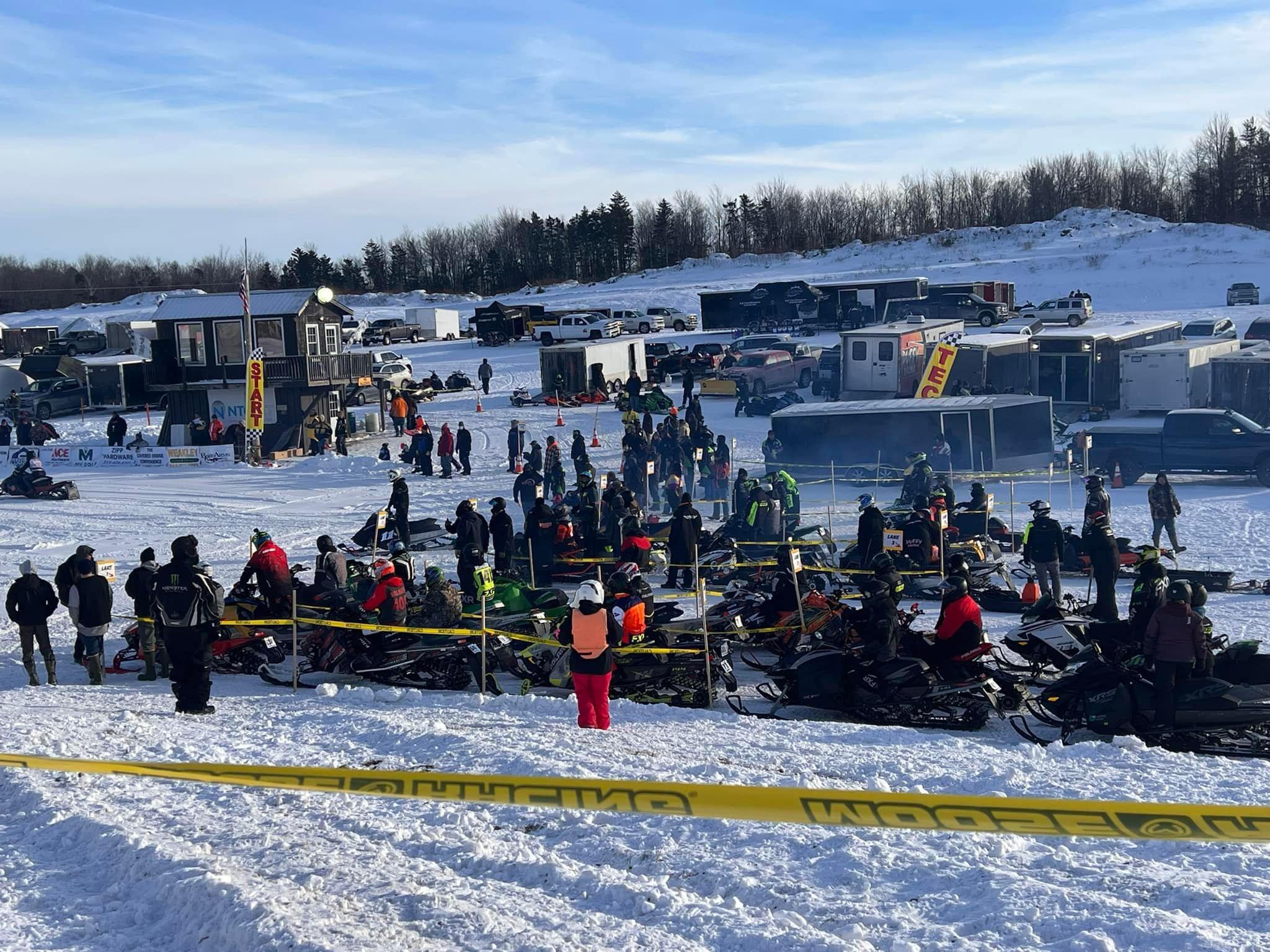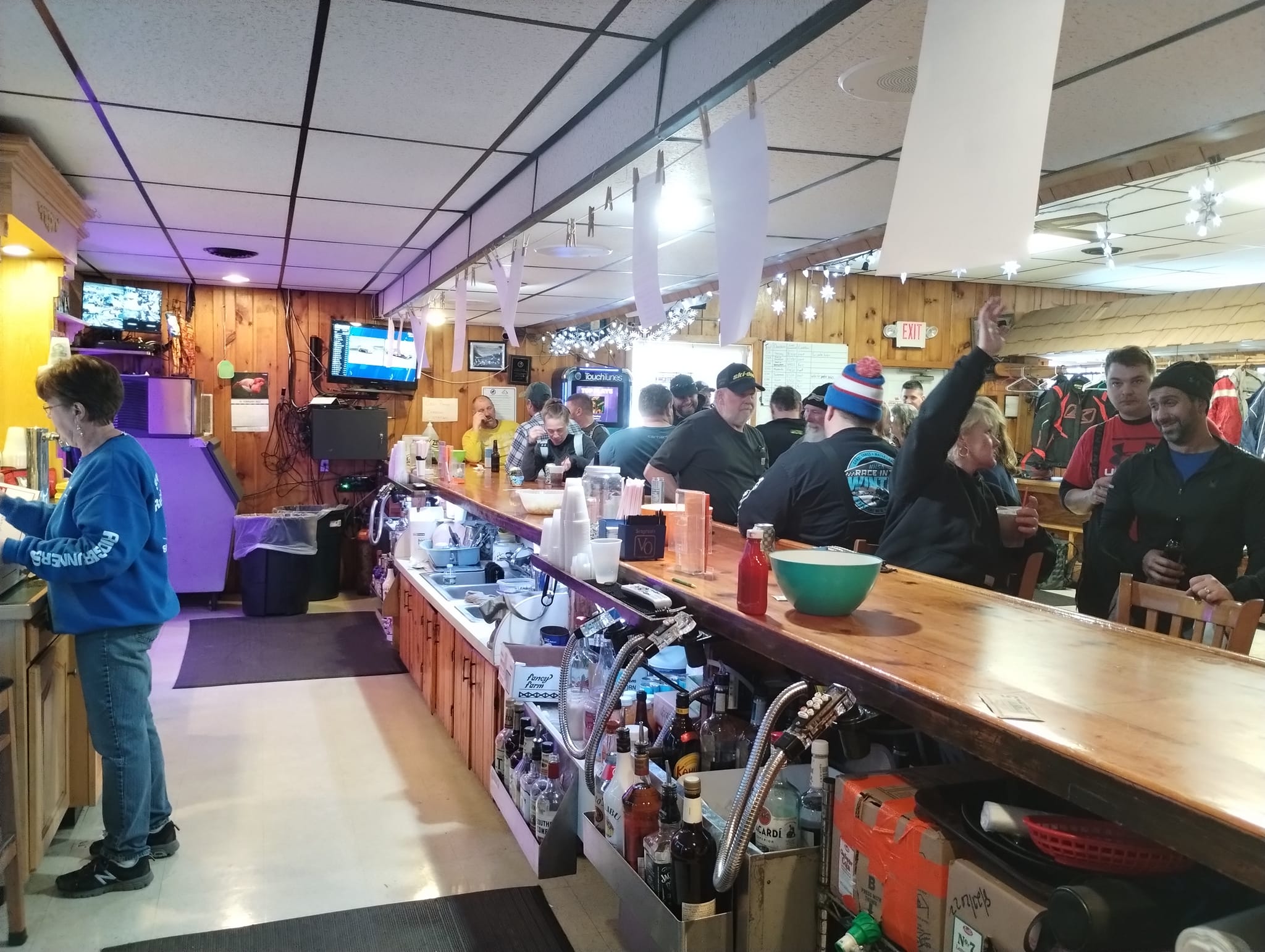- Snowmobile must begin as a qualified stock snowmobile that was sold to the general public by a maker.
- The snowmobile must have original OEM and year for the model engine, frame suspension, cowl, fuel tank, airbox, throttle bodies, variable speed converter, and seat. Named components must be OEM for the model and year, or properly filed OEM replacement that supersede the original OEM parts. Factory options are not allowed unless directly specified.
- Stock maximum and minimum width dimensions (ski stance) are as produced by the manufacturer OEM year and model.
- Lightweight parts are prohibited.
Engine
- No Component of the engine may be altered, changed, reduced or enlarged from the engine manufacture’s original stock spec, nor may any additional components be added to the engine. Blueprinting of engines is not allowed. No removal of material whatsoever will be allowed. This includes polishing, port matching, deburring, glass or sand blasting surfaces or material removal for the purpose of engine balancing or other reasons.
- Maximum cylinder overbore for wear cannot exceed .020 inches (1/2 mm). Polaris 850 freeze plugs are allowed to be closed. No other welding allowed.
- Replacement pistons must be stock OEM for the model and year.
- No more than one-cylinder base gasket to a cylinder. No changes in engine dimensions can be made by gasket thickness or removal.
- A maximum of one OEM make, model, and year carb or throttle body per cylinder will be allowed.
- OEM carburetor slide valve and replacement jet components, without modification, are allowed in all classes. No modification to carburetor body or throttle body will be allowed.
- OEM for make and model CDI/ECU module may be reprogrammed.
- No additional fuel pumps allowed.
- Oil injection pump must remain in place and remain functional.
- Engine must retain OEM for the model cooling system concept. Liquid, fan, or free air cooling must be retained. Cooling circuits cannot be modified or removed. Cooling circuit must remain functional.
- Spark plugs do not necessarily have to be OEM.
- The exhaust system as provided by the manufacturer for the model and year. Muffler components and/or silencing material must be intact at all times and unaltered.
- Addition of one O2 sensor can be welded into the OEM exhaust system using standard bung like KOSO that has a minimum 1/2 of height.
- Snowmobiles with OEM electronic fuel injection, may add commercially available electronic control modules may be added to the OEM ECU for the purpose of increasing or decreasing fuel delivery and timing. The added module must be designed to plug directly into the OEM ECU and/or the OEM wire harness without modification. Systems that allow increased fuel delivery may be used (i.e. Power Commander or other commercially available).
- Airbox must remain OEM for model and year and in stock location. No cutting, altering, or removal is allowed.
- Allowed gasoline and lubricants:
- Only a commercially available pump gasoline that complies with these rules is allowed. (The term “pump gasoline” includes fuels dispensed from service station pumps and racing fuels that are commercially available in fuel cans and drums.) Gasoline may be mixed with petroleum, vegetable, or synthetic based lubricants. The use of oils, fuels (including gasohol), and additives that provide power-boosting is prohibited.
- Max 93 octane.
- No Ethanol fuel allowed.
- Polaris 850 freeze plugs are allowed to be closed. No other welding allowed.
Drive
- Primary and secondary clutch must be OEM for the model and year.
- Primary clutch and secondary clutch may be recalibrated.
- Any combination of springs. Weights and ramps may be used. These components may be interchanged between any brands, providing there is no modification to the clutch to make the components fit.
- No machining, grinding or welding allowed on clutches unless specifically stated.
- Metal may be removed from primary clutch ramps or flyweights.
- Helixes may be machined for angle change. No material may be added. No welding allowed. Billet helixes will be allowed.
- Roller secondary clutches not allowed unless OEM for the model.
- Chain case gearing changes allowed, must maintain model and year drive system.
- Drive belts do not need to be OEM.
- Complete brake system must remain OEM stock for the make and model and year.
- Brake control handle must remain in the OEM location (left handlebar, front side). Other locations will need to be approved by tech official prior to racing.
- Track drive sprockets may be replaced with any OEM for the model drive concept (i.e. Involute or external). Unless otherwise specified, no modification allowed to frame, drive, or suspension can be made to install replacement sprockets.
Ski Suspension and Steering
- Must remain in original mounting location or option location pre-drilled or indicated by the manufacturer.
- No aftermarket rail extensions or rails allowed.
- Limiter strap allowed, but must maintain a 5 inch of compression travel at front bumper
- Sway bar may not be relocated. Sway bar must be OEM for the model, and in place.
Track and Suspension
- OEM for the model and year suspension must be used. Suspension may be mounted anywhere in the tunnel where the manufacturer has drilled, partially drilled, or marked for mounting holes. Pre-drilled plates may be drilled out to facilitate suspension adjustment. Pre-drilled backing plate holes may not be enlarged or slotted.
- Track suspension kits are not allowed. No rail extensions.
- Shocks must remain in OEM location.
- At the discretion of the region, marginal snow wheels along with the brackets may be added or removed in all classs. Structural supporting components must remain.
- Any suspension springs allowed. Material must match OEM. Spring concept must remain OEM for the model. No chassis or suspension modifications to facilitate spring installation allowed. Track suspension must maintain a 5-inch min compression travel at rear bumper.
- Rear wheel kits are allowed but must retain OEM for model diameter.
- Shock lengths may be altered as long as it still maintains 5 inch of compression travel.
Track
- Track must be length and width OEM per model and year. Narrowing width of track to fit sleds that had OEM 14 or 13.5 is allowed.
- No chisel studs or grinding on studs allowed. Any commercially available carbide tipped studs allowed. Chisel nuts prohibited.
- Track lug can be trimmed to min 1 inch.
Frame and Body
- Material may be added to chassis and suspension parts for reinforcement. The OEM for the model parts must be maintained. No material substitution allowed.
- OEM skid plate may be added for protection of sled bottoms and may not change the aerodynamics of the sled. Skid plate must be securely fastened.
- Protective taping or screening will be restricted to the external openings of the hood only. OEM vent covers and screens, which are intended for removal by the consumer, may be removed. No additional venting allowed.
- The OEM fuel tank is the only tank that can be used for fuel supply. Oil tank may not be used as fuel tank.
Ignition and Electrical
- Ignition must be OEM for the year and model.
- Lighting coil must remain in place.
- Headlight and taillight must be original OEM equipment and must remain in original mounting location. The headlight and taillight must be operational at the start of the race. Taillight cannot be battery operated.
- Tachometers, speedometers and or heat gauges may be installed. OEM gauges must remain in place.
- No aftermath device allowed which interrupts ignition for launch control or traction control unless OEM for the model.
- Aftermarket sensors of any type can only be installed in pipe or can.



